
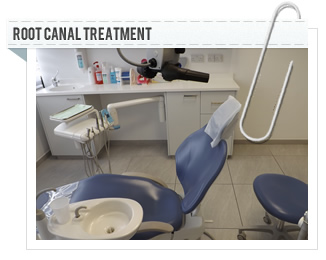
Endodontic therapy, commonly referred to as root canal treatment, originates from "Endo" which is the Greek word for inside and "odont" which is Greek for "tooth". Therefore endodontic treatment treats the inside of the tooth.
In order to understand endodontic treatment, it helps to know something about the anatomy of the tooth. Inside the tooth, under the white enamel and a hard layer called the dentin, is a soft tissue called the pulp. The pulp contains blood vessels, nerves and connective tissue.
The pulp extends from the crown of the tooth to the tip of the root where it connects to the tissues surrounding the root. It plays a major role during a tooth’s growth and development for dentin formation. Later on once the tooth is fully mature the pulp becomes a security and alarm system for a tooth.
Endodontic treatment becomes necessary when the pulp becomes inflamed or infected. This can be due to deep decay, repeated dental procedures, a crack or chip in the tooth or severe trauma. If pulp inflammation or infection is left untreated, it can cause pain or lead to a dental abscess. Warning signs include pain, prolonger sensitivity to heat or cold, discoloration of the tooth, and swelling and tenderness in the nearby gums. Sometimes, there may be no symptoms at all.
Endodontic treatment can often be performed in one or two visits depending on the level of infection and the difficulty of the case. The endodontist will administer a local anaesthetic and once the tooth in question is numb a small protective sheet called a “ dental dam” is placed to isolate the tooth and keep it free of saliva during the procedure.
A small opening is made on the crown of the tooth and very small instruments are used to clean and disinfect the pulp from the pulp chamber and root canals. At the same time the root canals are shaped to create space for the root canal filling.
After the space is cleaned and shaped, the endodontist fills the root canals with a biocompatible material, usually a rubber like material called “gutta- percha”. The gutta percha is placed with an adhesive cement to ensure complete sealing of the root canals. A temporary filling is placed on top of that to close the initial opening. Your dentist will remove this temporary filling before the tooth is restored.
After the final visit with your endodontist, you must return to your dentist to have a crown or other restoration placed on the tooth to protect and restore it to its full function. If the tooth lacks sufficient structure to hold the restoration in place, your dentist may place a post inside the tooth in order to build it up and prepare it for a crown. Ask your dentist for more details about the specific restoration planned for your tooth.
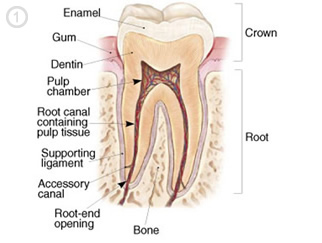

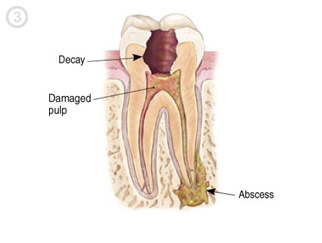
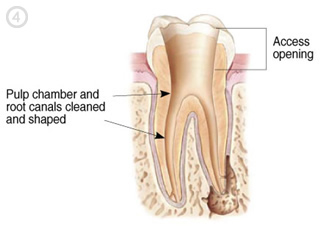
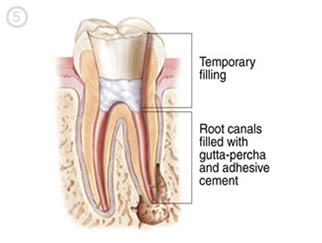
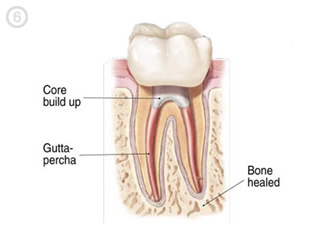
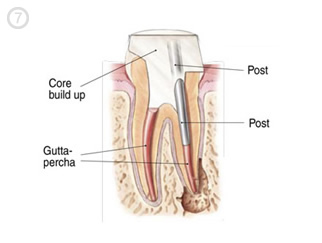

Your dentist has referred you to an endodontist because he or she understands that you will benefit from the specialized training and experience that a root canal specialist can offer.read more

Myth #1 - Root canal treatment is painful.
False. A root canal does not cause pain. In fact, root canals are performed to relieve pain caused by inflammation of the pulp chamber (where the nerve is located) or a dental infection.read more

We are offering the latest in dental technology as well as the most advanced techniques to ensure the highest possible success of your root canal treatment.read more

Whether you need to request an appointment or ask questions, we are here to help. Contact us online or by phone. Do not use this form for urgent medical matters.read more